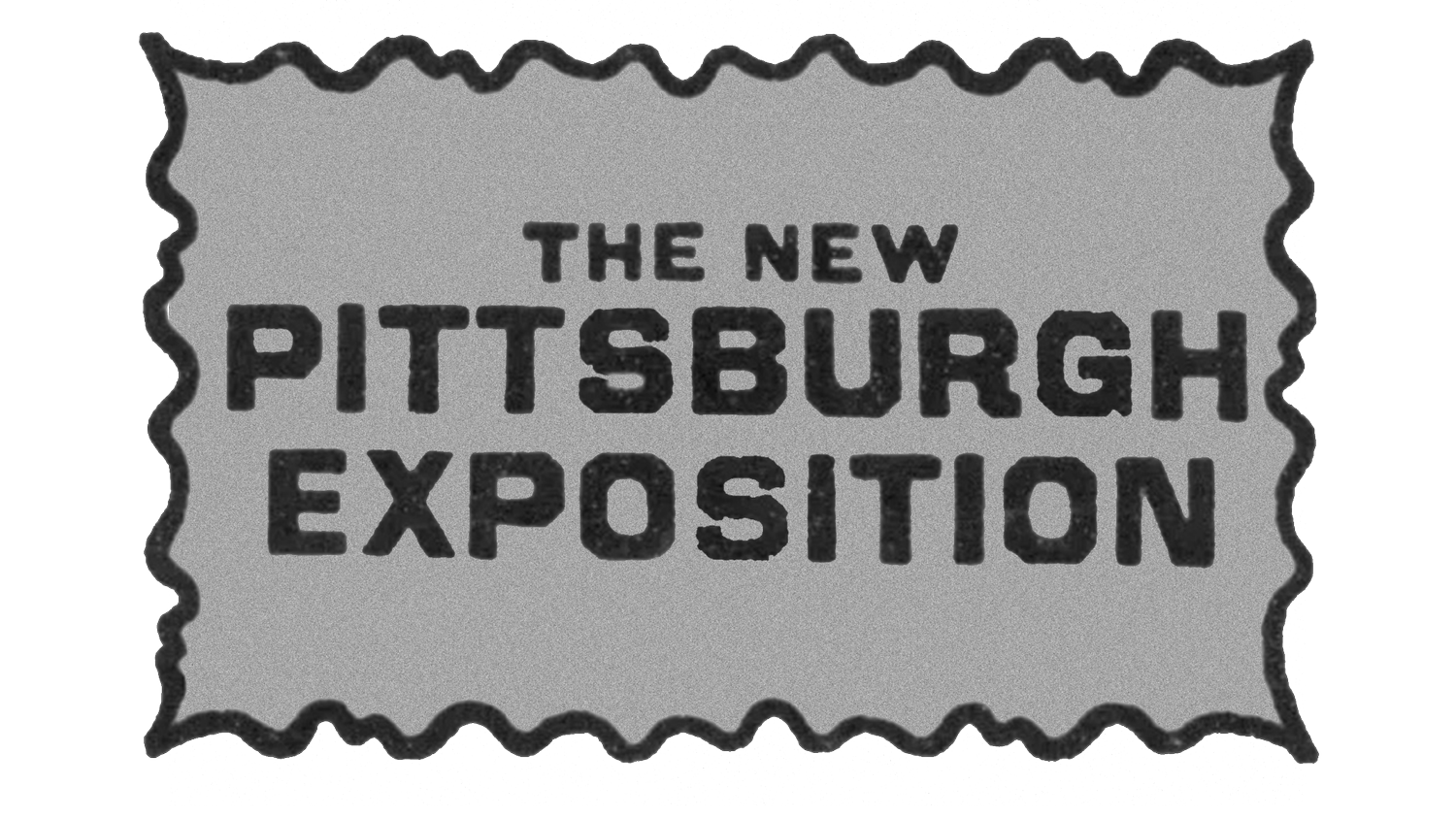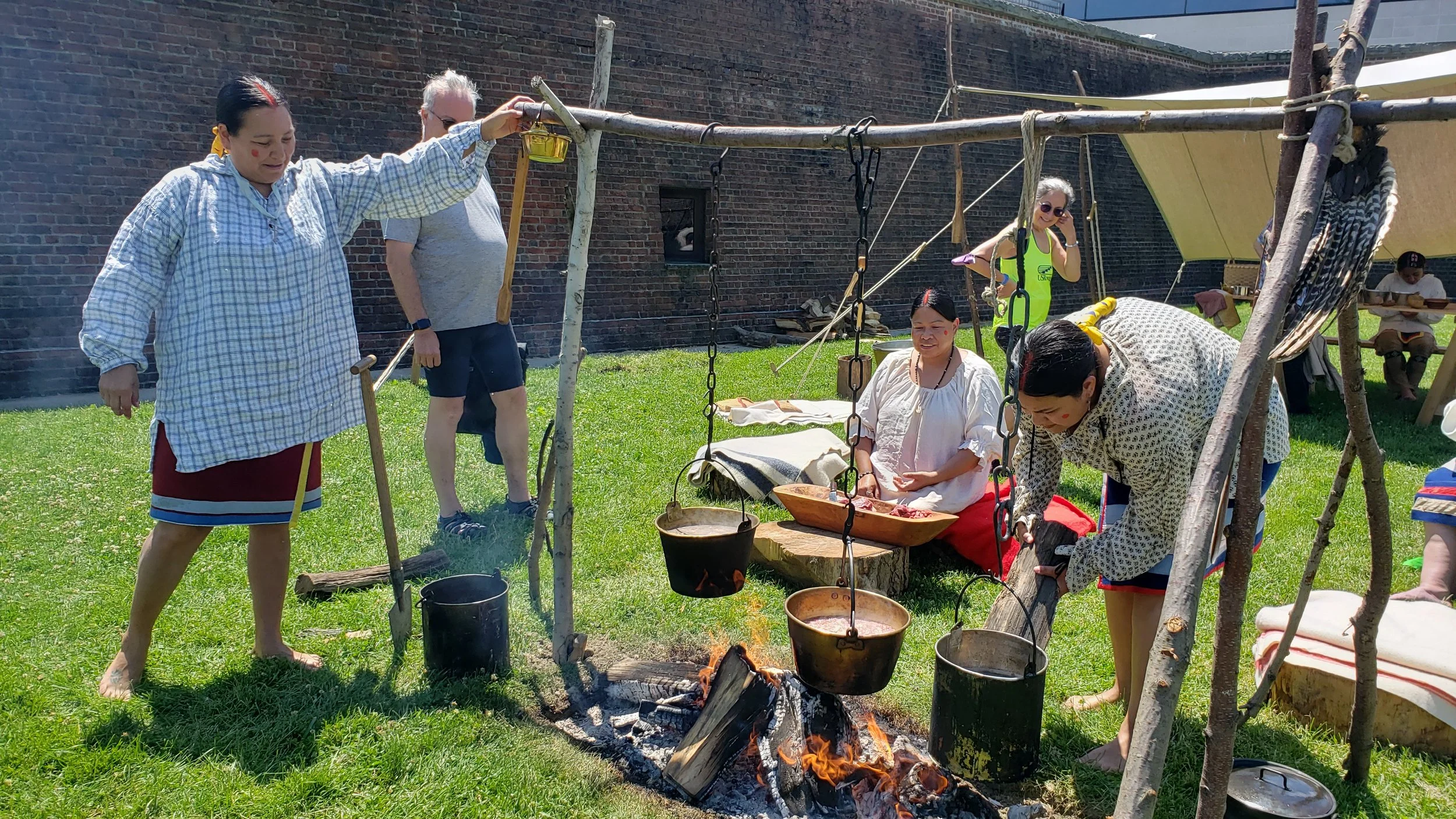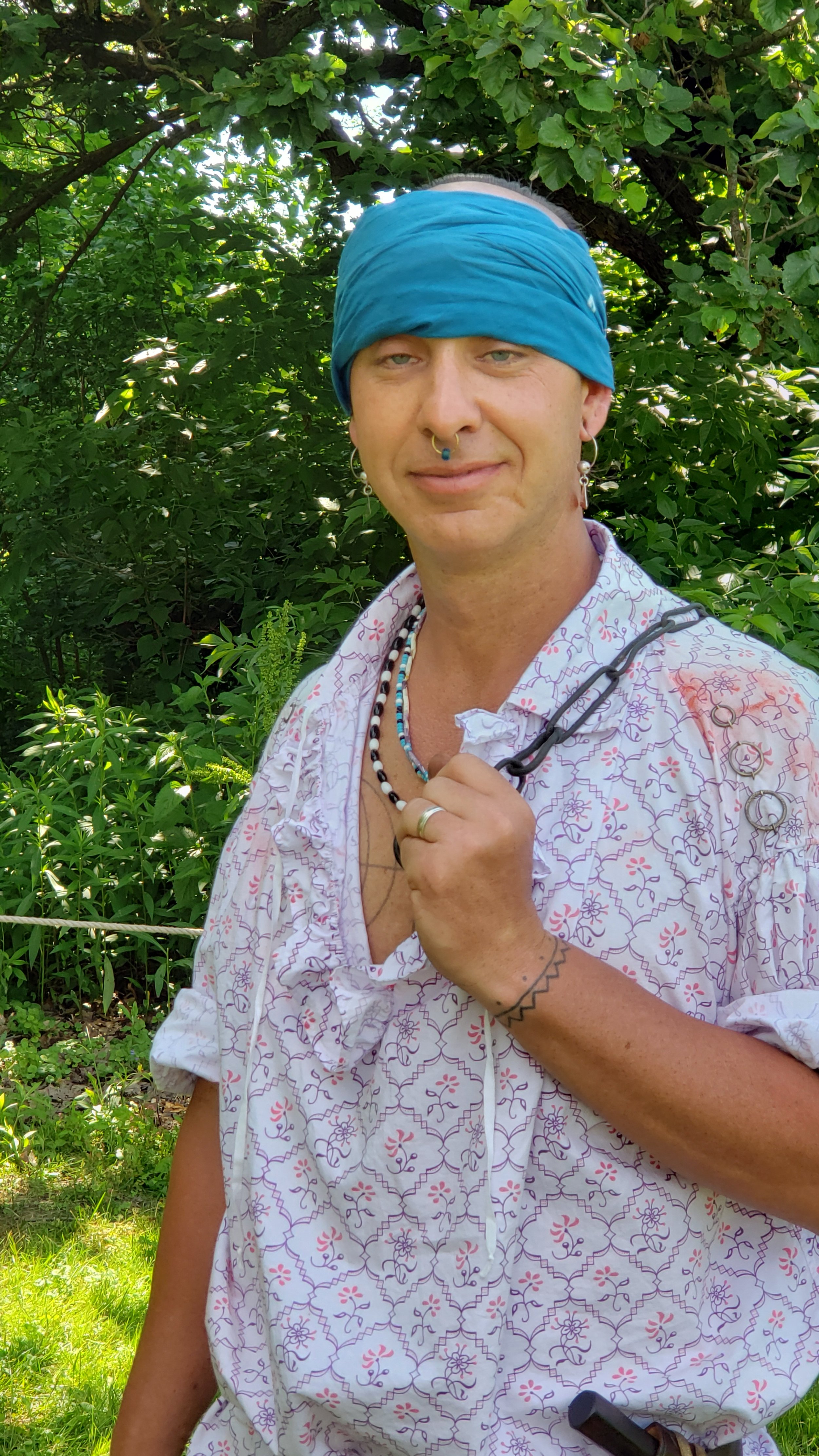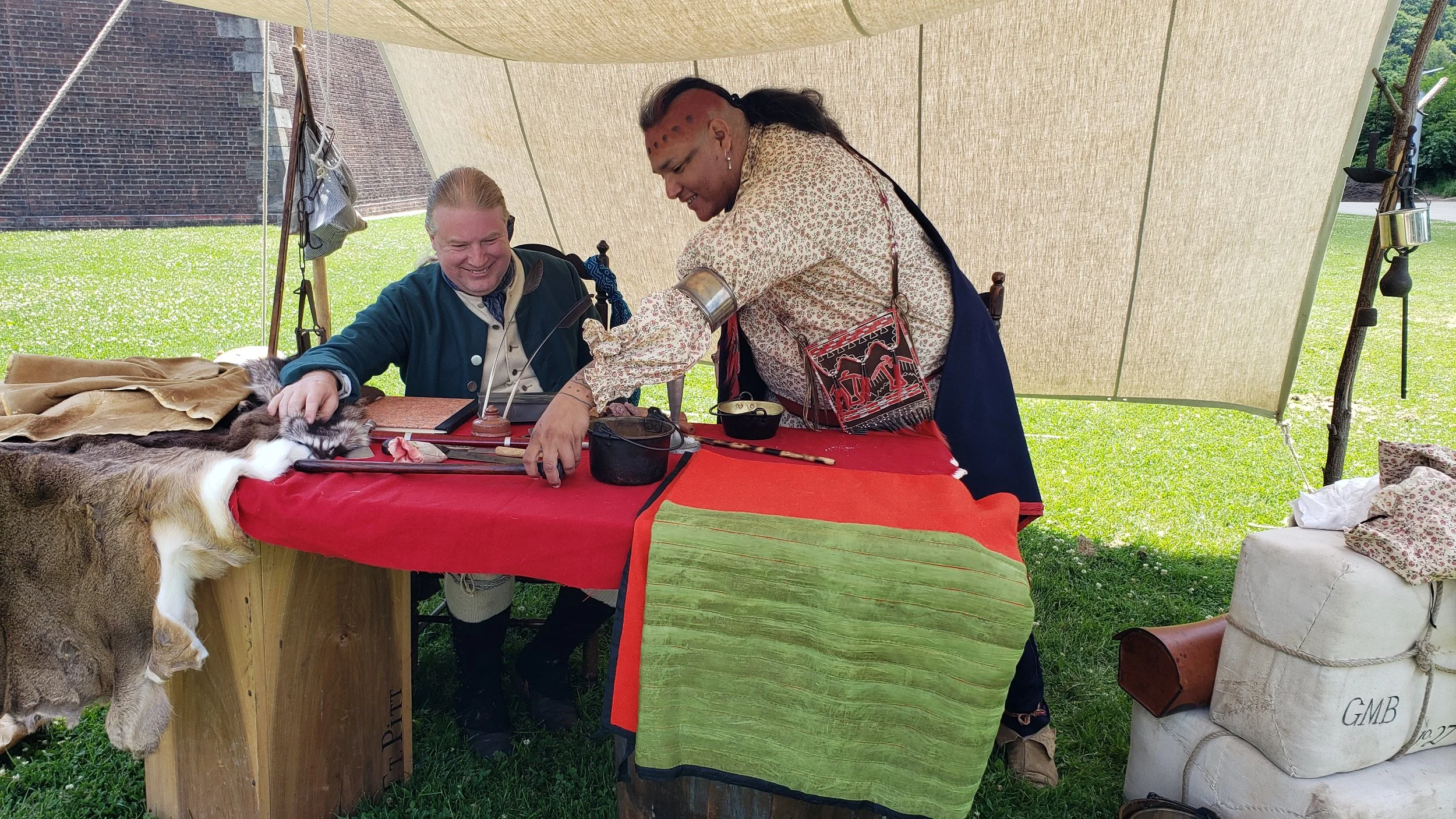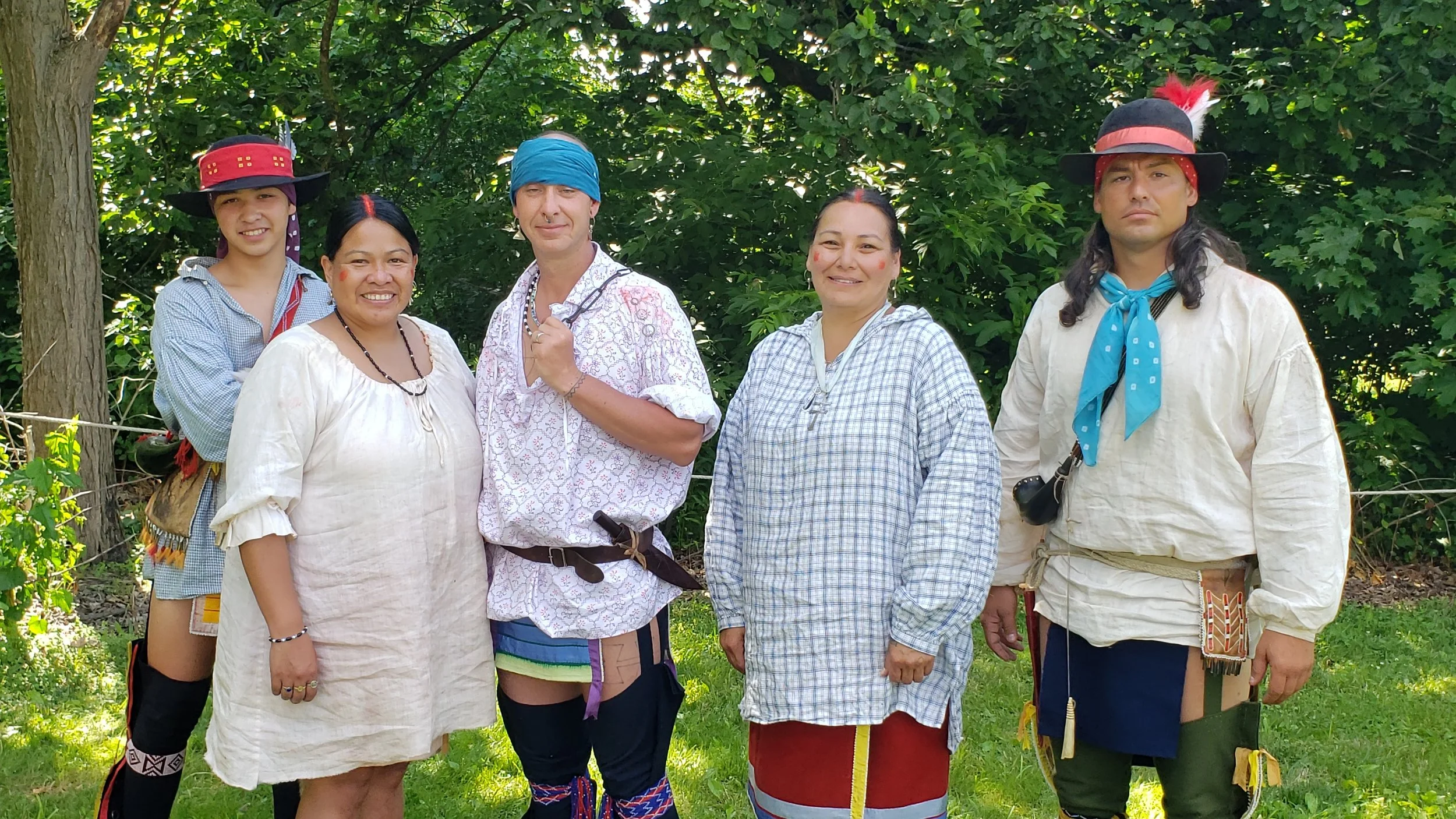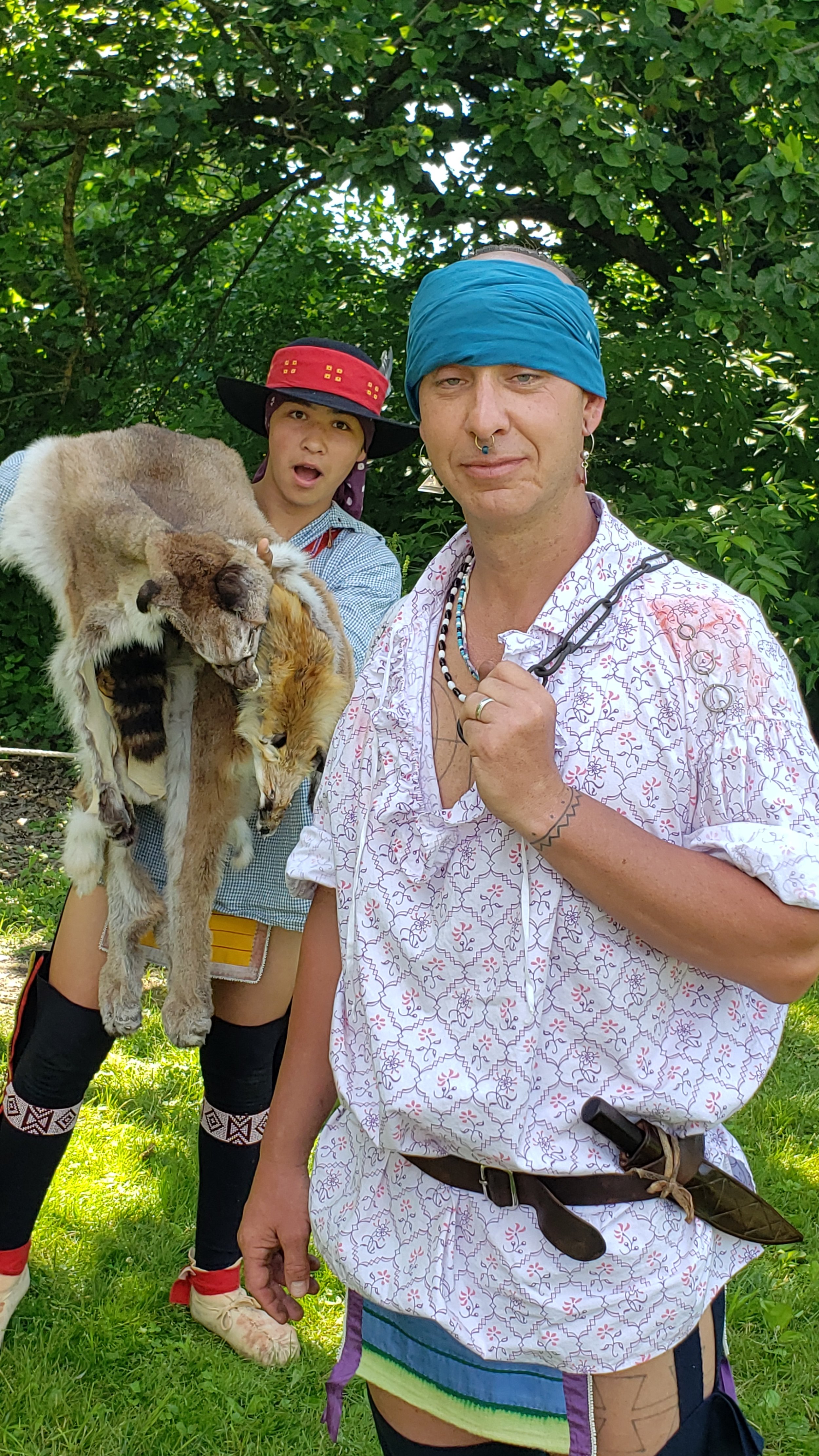Cowboys on the North Shore, Indians at the Point
Story by Joshua Tarquinio
On June 11, 2022, Heinz Field hosted Pop-Country star Kenny Chesney. The Fort Pitt Museum hosted “American Indian Living History Weekend.” I checked out the latter and skirted the former.
The city of Pittsburgh was blessed with another Saturday of perfect weather in the mid-70s, sunshine, and cotton-ball clouds. By the time I arrived at the Fort Pitt Museum in Point State Park however, the sun had gone from a welcome, warm friend to a bit of a bully. Just a little bully though. My hat soaked up some sweat, but I didn’t cook.
Outside the museum was a camp of Native Americans from former Pittsburgh area tribes. There are no official original tribes living in Pennsylvania anymore. Most were sent to Oklahoma, some to New York and Ontario. The people I met were brought to the park by the Fort Pitt Museum and Heinz History Center to share their culture with us for a weekend.
Front and center, three women tended a rectangular fire pit over which dangled three bubbling pots. Nearby stood a workbench with tools and partially finished crafts. Behind, a table of baskets, cups and other little things. Off to the right, a trade display with two men at a table of skins and fabrics. Across the paved path of pedestrians and pedalers was a hunting and trapping demonstration in a wooded section of the park.
No tickets or registration were necessary. No lines or check points. The event was totally free and in the open for anybody to just walk up and learn. I’m a foodie, so I chose to first speak with Shannon Turner and Andy Jacobs about what was bubbling in their pots.
One pot contained beef stew with squash. In the middle, they boiled strawberries that would be made into a kind of cornbread. The third pot contained hominy, which is made by placing dried corn in a simmering ash water. The “broth” is like a lye that hydrates the corn and removes the hard outer layer. (You cannot drink that broth. You will die. Don’t try it at home just because you read about it here.) Several hours later, the veggie is thoroughly washed, then added to the stew.
Ladies tend the fire and food.
Jeremy Turner, Shawnee Tribal Citizen and Historian
Shawnee Tribal Citizen and Historian, Jeremy Turner was a fountain of information who taught me everything from how they dehydrate food, to how they make tools, to their relationships to other tribes, and the history of how they were moved from Appalachia to Oklahoma.
It was Jeremy who told me there were no native tribes in PA anymore—that there is only a handful of Native Americans who are official members of their tribes, but they live as Pennsylvanians.
I said to Jeremy, “It must be hard for them to maintain their culture.”
He replied that I was exactly right. Someone leaves and quickly loses connection to their heritage. One or two generations later, little will be left.
At the trading tent, I met Duane Schrecengost of Level Green, PA, and DJ Huff, a Seneca from New York. Duane played the part of the European trader, and DJ the native. From the two of them I learned a few interesting things. They explained that the Europeans would keep ledgers of what was traded, then in lieu of money, Natives would be given a line of credit with that trader. We derive the slang term “buck” that we use for “dollar,” from that time. When a trader would say something cost five bucks, he meant skins. And tattoos were a way for White traders to identify or seek the Indians with whom they did business.
Prompted by the question of a passer-by, DJ reiterated Jeremy on the subject of culture, saying something to the effect of, “Everybody talks about how America is like this melting pot, where you have all these different cultures coming together and mixing. ‘What are you?’ ‘Oh, I’m a little English, a little German, a little Polish.’ But how deeply are you connected to those heritages? For a lot of Americans, not very.”
Duane Schrecengost, Level Green, PA and DJ Huff, Seneca, NY
I am half Italian and half Dutch. Proud of both nationalities. But my culture is not literally in my genetics. My culture is made up of a few family and regional traditions and whatever else I choose to add or subtract. I don’t live as an Italian. I don’t live as a Dutchman. I live as an American, the definition of which seems to be under constant scrutiny and change. But the only deeply-reaching cultural roots of non-native Americans I can think of are Puritanical. We have a general aversion to sex and controlled substances. That’s all I got. I asked all of Facebookland to help me out with something binds every American and nobody had anything. Across most of this country’s subcultures, The Way everyone generally agrees on is “nipples and weed are taboo.”
Music only binds us in subgroups. In Europe, they have folk songs and drinking songs that everyone knows and that binds them as a people. You might find a small group singing some 80s power ballad at an American bar, or college kids singing Sweet Caroline at a football game, but aside from the Star-Spangled Banner, there don’t seem to be any single songs that will reinforce an American connection no matter where someone goes in the country.
Sports don’t bind us. Movies don’t bind us. Politics certainly don’t bind us. What is in your heart that is also in mine? We can’t even agree what the Constitution means.
Outside of a few Puritanical hangers-on, American culture is always in flux as every next generation and subculture fights to define itself, but I don’t think that’s necessarily bad. Change is the only constant in the entire universe. Maybe perpetual reinvention makes American culture a closer reflection of the universe. Plus, as wonderful as life is with so many cultures to explore, some cultures have weeds like homophobia. You have to pull the roots of the weed to keep the garden healthy. (Lest someone assume I mean any culture containing homophobia has to go, by “pulling the roots” I mean we should examine the origins and history of a cultural issue that is incompatible with people’s current needs in order to best prevent the weed from growing back. In Italian terms, leave the gay bashing, take the cannoli.)
After much more learning about native people than I can fit in this article, I decided to have a saunter across the Fort Duquesne Bridge to check out Country music culture. Lots of cowboy boots and hats. Lots of denim. Lots of Daisy Dukes. No real cowboys though.
View of Heinz Field from the Fort Duquesne Bridge the day of the Kenny Chesney concert.
So what though? Nobody even knows what a real cowboy is anyway. You don’t need to be one to enjoy Country music. You can be a nurse, a mechanic, a pet groomer, a police officer, a fast food worker, an executive, a TV producer, a flight attendant, a bar owner, a cyclist, a carpenter, an electrician, a caregiver, an artist, a musician, a gamer, an insurance agent, a security guard, an orthodontist, an accountant, a plumber, a baker, an Uber driver, a janitor, a financial advisor, a karate instructor, a landscaper, or one of a million other types of American. Just don your wide-brimmed hat and your cowboy boots like everybody else, and tailgate with everybody else, and sing the songs with everybody else, and feel free to be yourself among the people who are like you.
Maybe the great thing about the melting pot is that if your culture isn’t working for you, you can seek out a new one to join. I’m a musician, so I waded into Pittsburgh’s music culture and found a place where I can be more myself. I’m a photographer who made himself comfortable in this town’s art scene. I joined a writer’s group, inserted myself into book culture, and found another piece of me.
Whether our common threads were tied together 10,000 years ago or ten minutes ago at a tailgate, I’m sure natives and non-natives can agree that the feeling of belonging is what matters most. (Make sure you read that last sentence again.)
From left to right: Benjamin Greyhat, Shannon Turner, Jeremy Turner, Andy Jacobs, Trent Stand
Are you sad because you missed the Native American Living History Weekend? Well, there’s more to come.
The weekend of the summer solstice will see days of celebration at the Serpent Mount in Peebles, Ohio. https://www.serpentmound.org/fullschedule/
On October 1st and 2nd, you’ll be able to meet Jeremy, Shannon and others as the Meadowcroft Rockshelter and Historic Village presents Life with a Shawnee Family. For more information, visit https://www.heinzhistorycenter.org/events/life-with-a-shawnee-family-2022
If you are interested in contacting any of the originally Pittsburgh area tribes, you’ll want to look up:
The Seneca-Cayuga Nation of Oklahoma (also known as the Delaware Tribe of Indians) in Bartlesville, OK.
The Delaware Nation in Anadarko, OK.
The Munsee-Delaware in Muncey, ON.
The Shawnee Tribe in Miami, OK.
The Eastern Shawnee Tribe in Wyandotte, OK.
The Absentee Shawnee Tribe in Shawnee, OK.
Joshua Tarquinio is an author and the co-creator of the Mr. Bones arts and entertainment video magazine. He has been working in media production since 2006.
